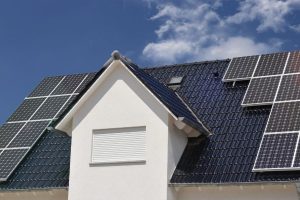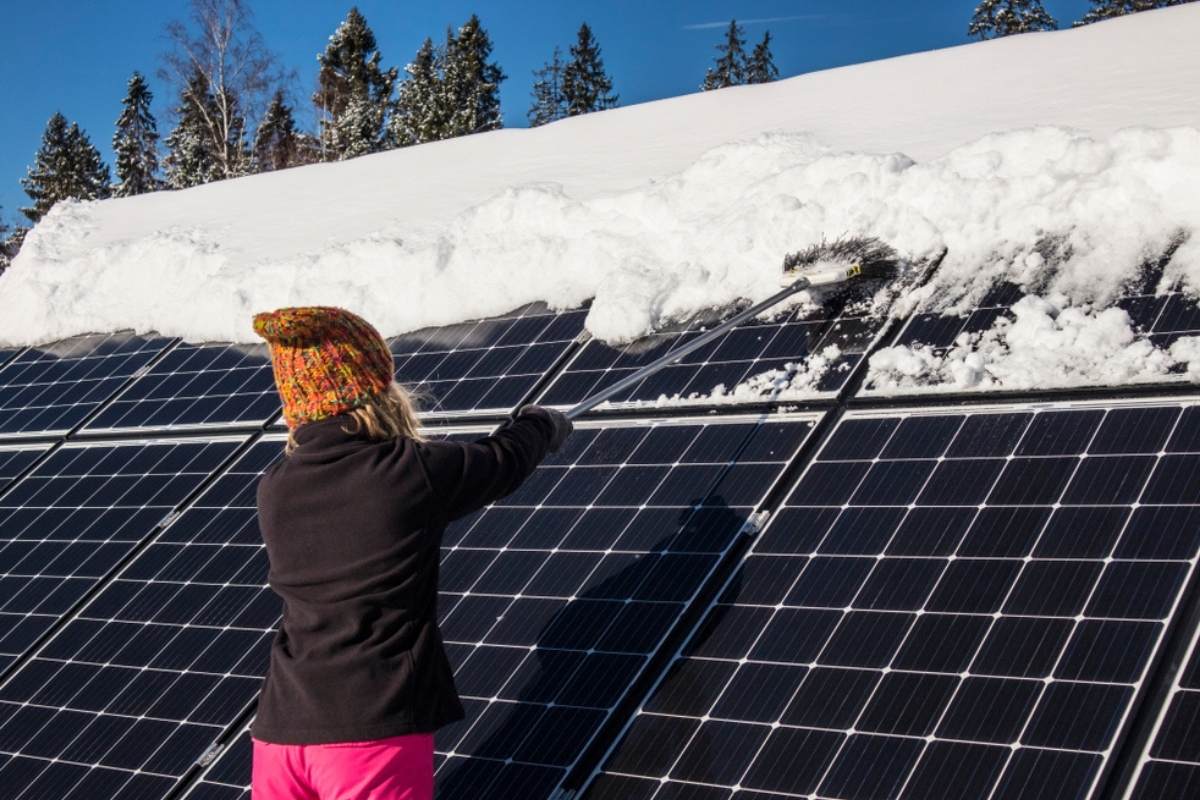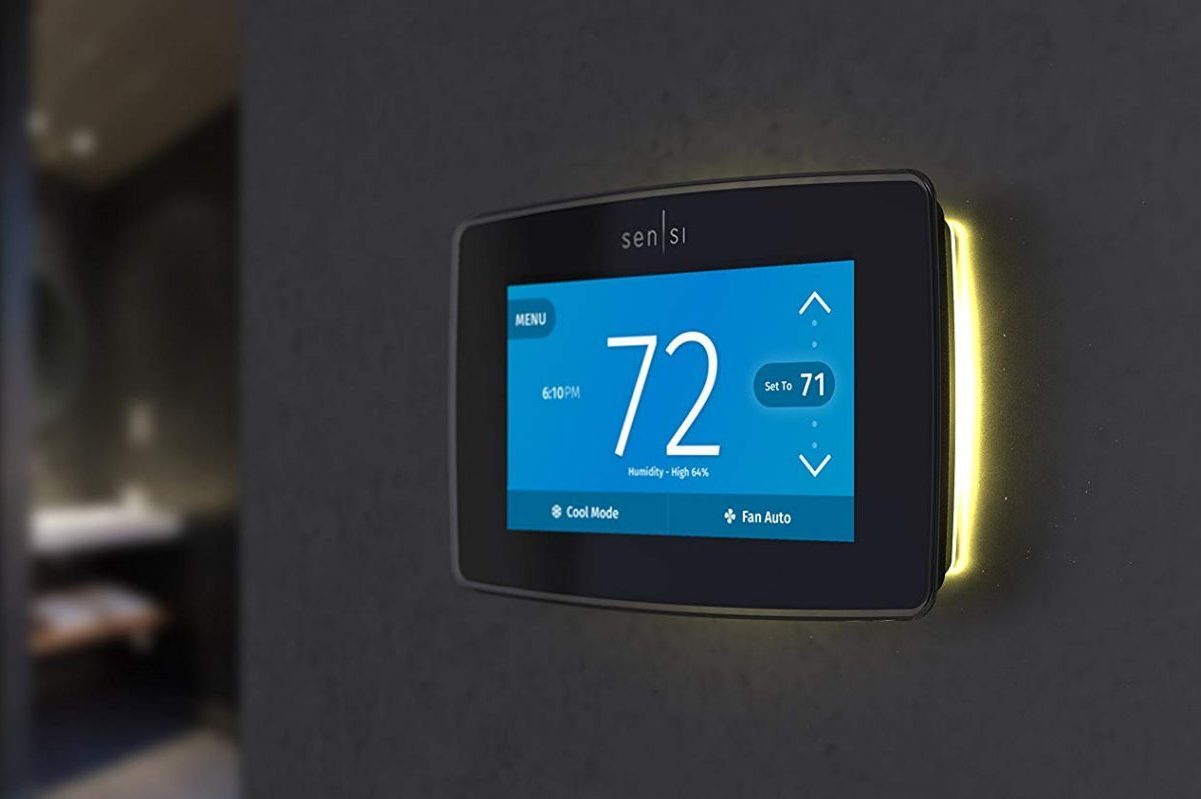When harnessing the sun’s power through solar panels, a few questions pop up. One of the most common questions many homeowners have is how close can solar panels be to edge of roof? It’s a valid concern. That’s because getting the placement right is essential for maximizing the efficiency and effectiveness of your solar energy system.
After reading this article, you can determine how close solar panels should be to the edge of your roof. We’ll also provide some practical insights to help you make an informed decision.
1. Local Building Codes and Regulations
When considering the installation of rooftop solar panels, it’s imperative to start with a thorough examination of your local building codes and regulations. These guidelines are critical for the safety and functionality of your solar system and for addressing aesthetic concerns. Local regulations vary significantly and may encompass specific requirements related to setback distances from the roof edge and property lines. The proximity of your solar panels to the roof edge, the type of roof mounting system employed, and the utilization of roof space all fall under the purview of these codes.
It’s essential to recognize that these regulations are in place to maintain the structural integrity of your roof and to uphold the visual harmony of your community. Before you make any measurements or embark on a solar installation project, consult with your local building department or a seasoned professional solar installer. They can provide insights into the specific requirements in your area. That way, your rooftop solar project aligns with the rules and regulations that govern it.
2. Roof Type and Pitch
The interplay between your roof type and pitch significantly influences the placement of roof solar panels. Understanding your roof’s characteristics is crucial for considering solar arrays, solar PV systems, solar tiles, or other solar installations. Generally, solar panels can be installed closer to the edge of a flat or low-pitched roof when compared to a steeply pitched roof. This is because low-pitched roofs offer more roof space and flexibility, making them more amenable to solar panel placement.
On the other hand, steeply pitched roofs require a more meticulous approach to solar installations. Ensuring that solar panels receive optimal sunlight becomes a challenge on such roofs, and wind-loading considerations may come into play. Therefore, while the type and pitch of your roof influence how close solar panels can be to the roof’s edge, you should balance aesthetics and efficiency to maximize your solar investment. Your best bet? Consult a professional installer to determine the best approach for your roof type and solar goals.
3. Solar Panel Orientation
The orientation of your solar panels is another pivotal consideration in placing PV panels on your roof structure. Solar panels are usually strategically installed to face southward, capitalizing on maximum sun exposure. However, the direction your roof faces and its slope play a critical role in determining how close these panels can be to the edge of your roof.
A well-suited roof slope and ideal orientation grants you more flexibility in positioning your solar panels. If your roof’s pitch and orientation align optimally with the sun’s path, it may allow for panels to be situated closer to the roof’s edge, maximizing energy capture. Consulting with professional solar installers is a wise step to evaluate your roof’s surface, slope, and positioning. So, you will ensure that your solar energy system can efficiently harness the sun’s power. What’s more, you’ll still adhere to safety and aesthetic considerations.
4. Shading and Obstructions
Whether you’re contemplating the installation of solar panels for residential or commercial use, the impact of shading can’t be underestimated. Shading emanates from various sources, such as trees, neighboring buildings, or other obstructions. And it significantly influences the efficiency of your solar panels.
For homeowners with tall trees or nearby structures casting shadows, understanding shading dynamics is essential. Considering these obstructions is imperative when deciding how close your panels should be to the roof’s edge. Panels placed too close to obstructions are at a higher risk of being shaded, leading to decreased energy generation.
To maximize the efficiency of your solar energy system, it’s advisable to conduct a shading analysis with the help of solar professionals. First, you may need to identify the potential shading sources and strategically place your solar panels. This ensures your system generates the desired amount of clean, renewable energy. Trust us; it’s a proactive approach that enhances the performance of your solar installation and optimizes the return on your investment in solar technology.
5. Array Design and Spacing
When it comes to determining the ideal distance of your solar panel from the edge of your roof, the design of your solar array holds significance. Homeowners have choices regarding array design – some opt for flush-mounted panels that sit directly on the roof’s surface. In contrast, others prefer elevated mounting systems that create space between the roof and the panels.
The decision between flush-mounted and elevated solar arrays involves a trade-off. Flush-mounted panels provide a sleek and integrated appearance, often blending seamlessly with the roof surface. On the other hand, while offering benefits like improved airflow and cooling for the panels, elevated mounting systems might require more roof space. They may necessitate placement farther from the roof’s edge to maintain the system’s efficiency.
Selecting the right array design depends on your aesthetic preferences, available roof space, and your desire for optimal energy generation. Your choice should balance the visual appeal of your solar array and its practical functionality while adhering to safety and regulatory considerations.

6. Aesthetics and Curb Appeal
For many homeowners, aesthetics and curb appeal are essential considerations when deciding how close your roof should be to the edge of your roof. Frankly, striking a balance between solar energy efficiency and maintaining the overall appearance of your home is a delicate task.
Some homeowners prefer to place solar panels further from the roof’s edge to make their solar installation blend seamlessly with the architectural style of their house. This approach aims to maintain the home’s aesthetics while harnessing clean, renewable energy. On the other hand, some opt for a more noticeable solar array, viewing it as a statement of their commitment to sustainability.
The choice between a subtle, integrated design and a bolder, more visible solar array is personal. It’s necessary to align your solar panel placement with your aesthetic preferences and overall vision for your home. Professional solar installers guide you on balancing aesthetics and solar efficiency. This ensures your solar installation complements your home’s appearance while delivering the energy-saving benefits you desire. Ultimately, the aesthetics of your solar panels should reflect your personal style anironmental values.
7. Maintenance and Accessibility
In addition to the aesthetic and regulatory aspects, practicality and accessibility are vital to determining the proximity of solar panels to the edge of your roof. Accessibility is necessary, as it directly impacts your solar energy system’s long-term performance and maintenance. Solar panels require periodic maintenance to ensure their optimal efficiency.
This maintenance may involve cleaning to remove dust, dirt, or debris accumulating on the panels over time. Furthermore, routine inspections help you detect and address any issues promptly. So, your solar panels continue to generate clean, renewable energy efficiently.
Placing solar panels too close to the roof’s edge makes these maintenance tasks challenging. Adequate clearance is important to provide safe and easy access to the panels. Without it, maintenance becomes cumbersome, potentially requiring special equipment or risky maneuvers. Proper clearance allows straightforward cleaning, inspections, and necessary repairs or upgrades. Ultimately, this contributes to the longevity and effectiveness of your solar energy system.
8. Professional Consultation
Considering the multifaceted nature of factors influencing solar panel placement, we recommend seeking advice from a professional solar installer. These experts possess the knowledge and experience to evaluate your unique circumstances comprehensively. They consider a range of factors, including local regulations, your roof’s specific characteristics, potential shading issues, and your energy requirements.
A professional assessment ensures that your solar panel placement decisions are well-informed and aligned with safety regulations and aesthetic considerations. When you consult with experts, you can confidently navigate the intricacies of solar installation. It optimizes your system’s performance and energy efficiency. Professional guidance is an invaluable resource that streamlines the decision-making process. It also provides a solar solution that best suits your needs and goals.
Final Thoughts
The proximity of solar panels to the edge of your roof hinges on a combination of factors. This includes local regulations, roof type, pitch, shading, and your specific aesthetic and practical preferences. To ensure you get the most out of your solar energy system, it’s crucial to consult with a reputable solar installer. Such experts can evaluate your unique circumstances and guide you in making the right choices. By taking these factors into account, you will enjoy the benefits of clean, renewable energy while maintaining the aesthetics and functionality of your home.


